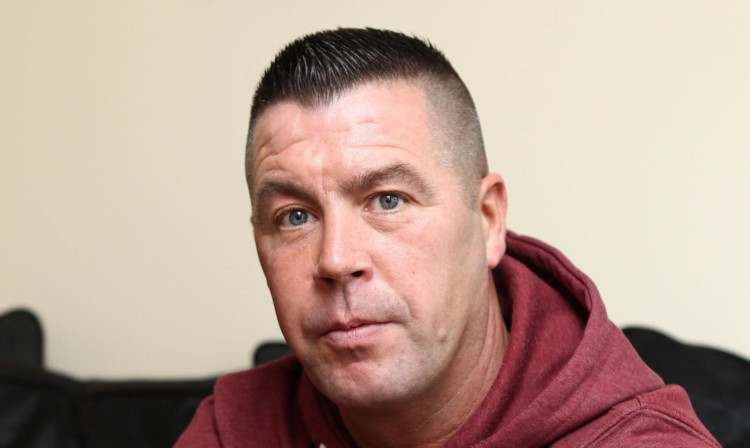
Public raise fears over safety of drug.
A commonly prescribed pain-killer known to raise the risk of heart attacks and strokes has been linked to scores of deaths in the UK.
The Medicines and Healthcare products Regulatory Agency has revealed 20 people died and more than 650 suffered suspected adverse reactions after taking diclofenac in the past five years.
In total 424 deaths and 15,354 side-effects have been linked to the drug, which is used by millions of arthritis and chronic pain sufferers, since reports were first collated in 1978.
The horrendous catalogue of reactions were mainly reported by doctors and pharmacists.
The figures follow our revelations last week that mum Helen Smith plans to sue the makers of the diclofenac-based Arthrotec 50 over claims it left her with crippling heart problems.
Several readers have since contacted us to say they also suffered side effects.
Carer George Clarke, 48, of Balornock, Glasgow, revealed he collapsed and was rushed to hospital with serious heart problems and low blood pressure just three hours after taking the painkiller.
He had been prescribed it for knee pain.
“I felt my heart pound then my throat close over and I collapsed into the bath,” said George. I was sick and choking so much my family struggled to keep my throat clear.”
George was admitted to high dependency at Glasgow Royal where he claims doctors diagnosed heart and gut problems caused by a severe reaction to the drug. He believes if he’d been alone he wouldn’t have survived.
“Doctors told me never to take the drug again or come in contact with it,” he said. “It’s an effective painkiller but I could have lost my life to it.”
George is now taking legal advice.
Beryl Marnie, 54, of Linlathen, Dundee, suffered a heart attack after taking the drug for six months.
“I suffered chest pains on holiday in Spain last November but put them down to indigestion,” said mum-of-four Beryl. “Shortly after I returned I had searing chest pain and my daughters dialled 999.”
She was taken to Ninewells Hospital where she had treatment for a heart attack.
Former cook, Beryl, says her hospital doctor took her off diclofenac after originally prescribing it for foot pain.
“I never had heart trouble before and now I have to take four heart drugs a day to stay alive. The link between heart trouble and the drug is worrying and I am now thinking of seeing a lawyer.”
Diclofenac is the generic name for the prescription medicine. It is manufactured and marketed under various brand names. Warnings about the drug were issued by the UK health watchdog in 2006, 2009 and in July when doctors were reminded not to give it to patients with heart conditions.
A spokesman for the MHRA said: “As with all medicines, anti-inflammatory drugs cause adverse reactions in some people. A full list of known side effects can be found in the information leaflet accompanying the medicine.”
A spokesman for Pfizer, the makers of Arthrotec 50, added: “Ensuring the safety of patients and the appropriate use of our medicines is of paramount concern. Doctors and patients should discuss the benefits and risks of any medication before making treatment decisions.
“Patients who are prescribed Arthrotec should talk to their doctors if they have questions concerning their treatment.”

Enjoy the convenience of having The Sunday Post delivered as a digital ePaper straight to your smartphone, tablet or computer.
Subscribe for only £5.49 a month and enjoy all the benefits of the printed paper as a digital replica.
Subscribe